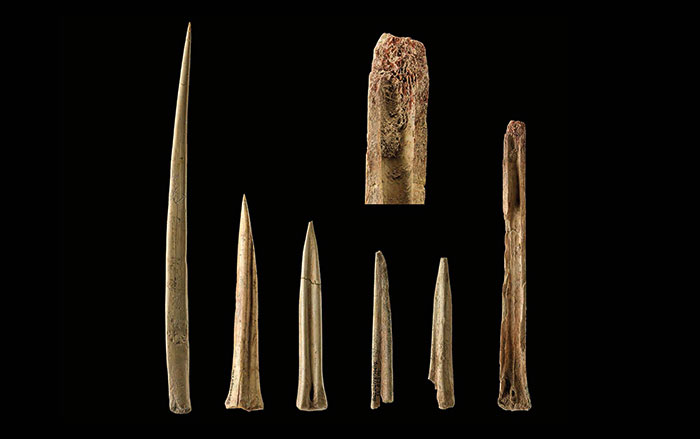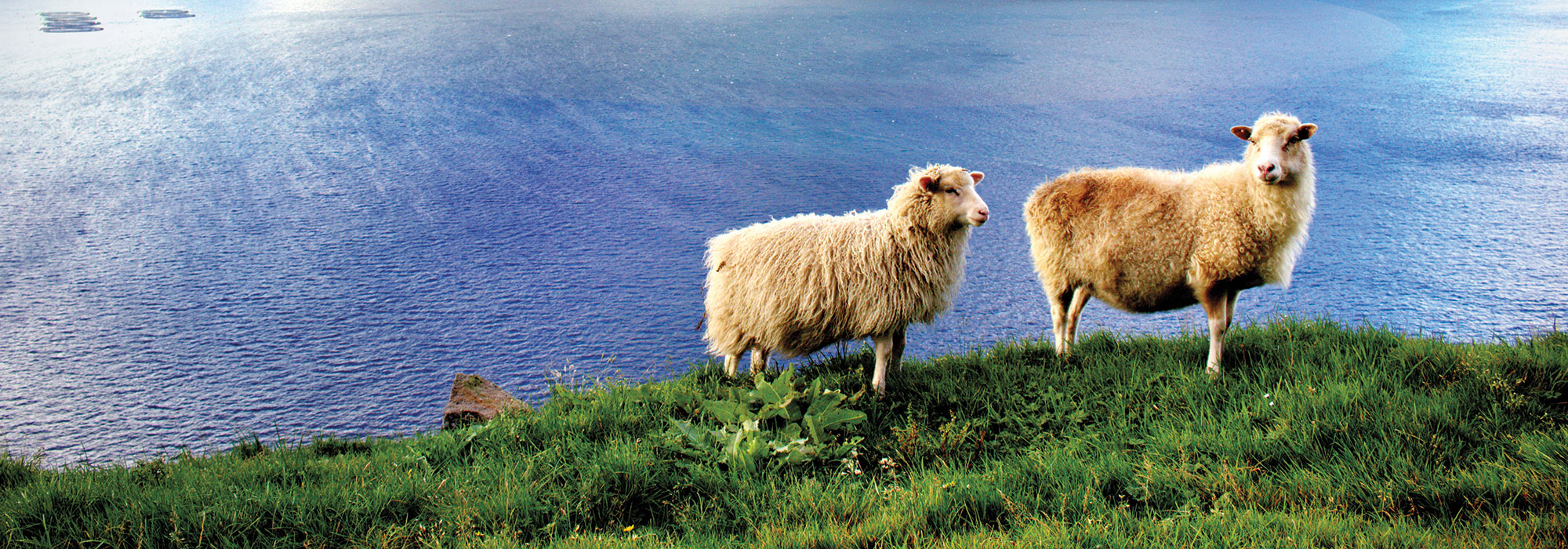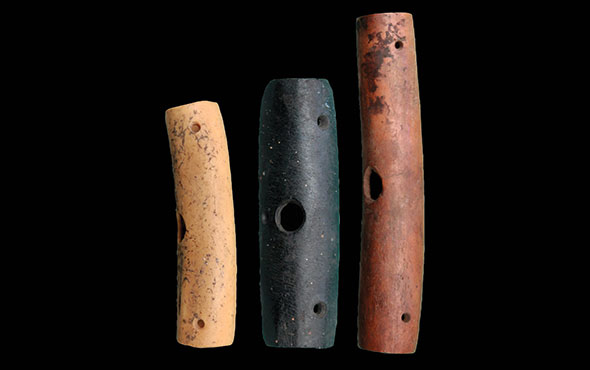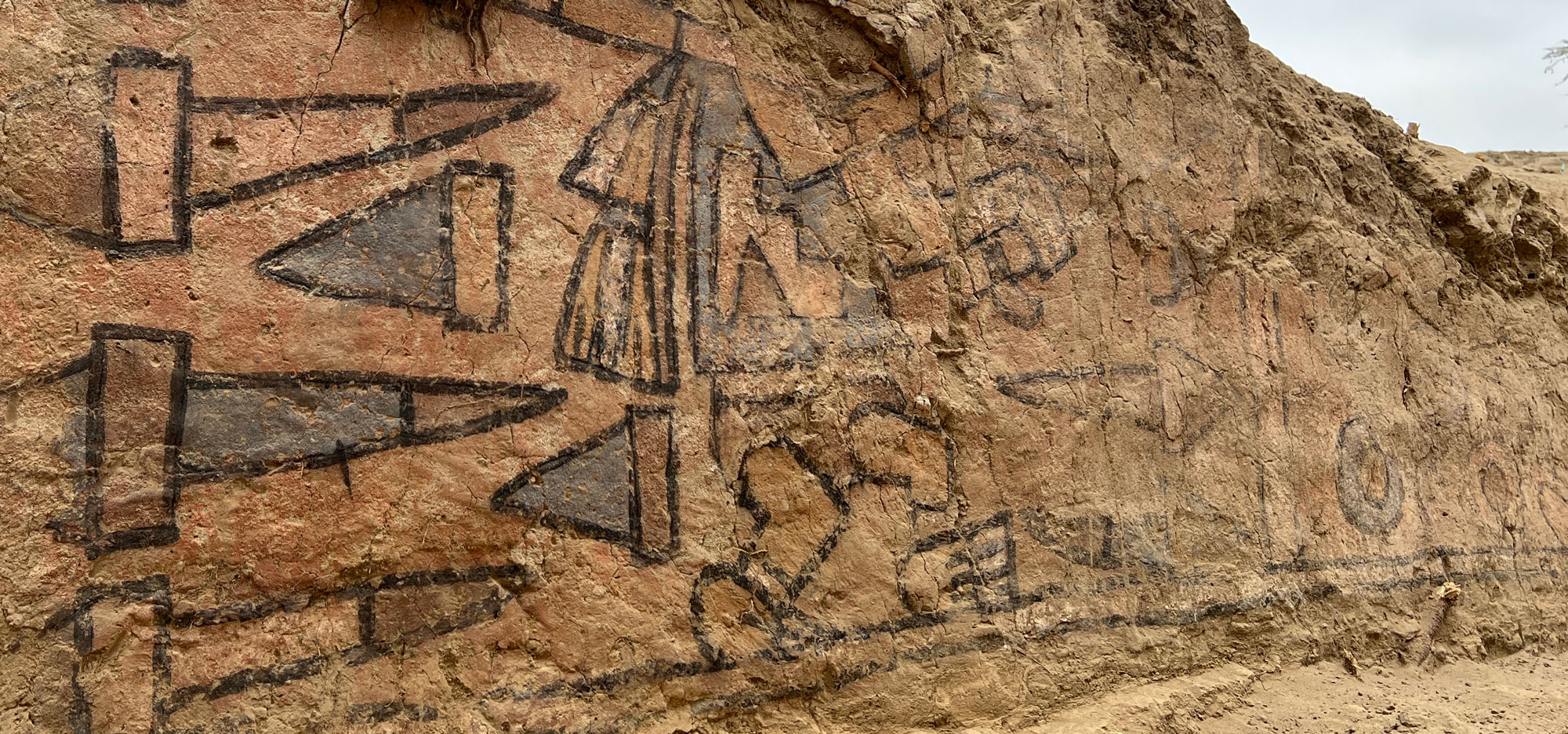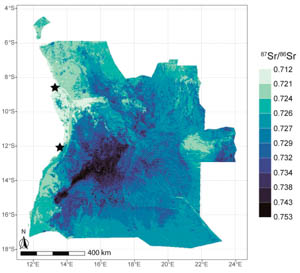
SANTA CRUZ, CALIFORNIA—According to a statement released by the University of California, Santa Cruz, a team of archaeoloigsts used predictive modeling to develop a new map of strontium isotope ratios in soils from across the modern-day nation of Angola, where many enslaved Africans originated. Strontium isotope ratios vary in the bedrock across the planet, and leave unique signatures in bones that can allow scientists to determine where a person grew up. Using their new isotope map, the team was able to pinpoint the places of origin in Angola of four enslaved people whose remains were found in Brazil, Mexico, St. Martin, and Charleston, South Carolina. “Using these archaeological methods is basically the only way of giving these individuals back their own life history, which has remained untold in the historical documents,” said University of California, Santa Cruz anthropologist Vicky Oelze. “In the past, archaeologists have often had to ‘eyeball it’ to say that the isotopes in human remains generally match what we’d expect to find in a particular region of the world. But with this study, we handed that question over to a predictive model that helped us quantify this in a much more scientifically rigorous way.” Read the original scholarly article about this research in Journal of Archaeological Science. To read more, go to “The First Enslaved Africans in Mexico.”







